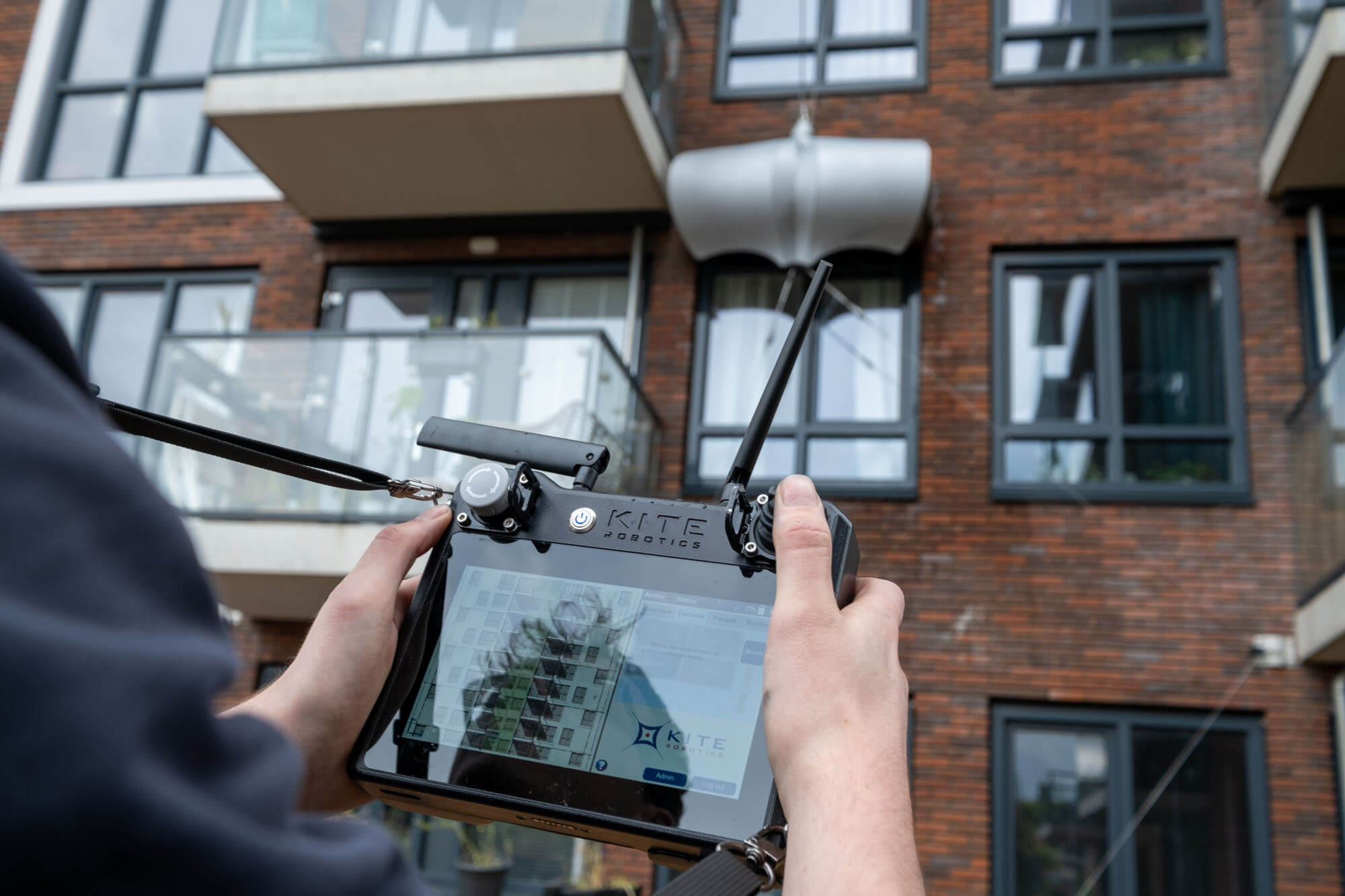- Home
- Innovative Robotics in Hotels: An article by Douglas Rice
- All
- Knowledge center
Tags :
Innovative robotics in hotels: an article by Douglas Rice
A recent article by Douglas Rice highlights the growing impact of robotics in the hotel industry. “In addition to the financial benefits, robots transform window maintenance from a dangerous task to a low-risk one. This allows hotels to clean their windows more frequently while also reducing costs,” Rice explains.
Read the full article here.
Our technology is especially beneficial for hotels: windows are spotlessly clean every day, which significantly enhances the overall guest experience. Furthermore, using our robots ensures maximum privacy, as guests cannot be seen through the windows, improving comfort and satisfaction.
Below is the section of the article that discusses window cleaning robots:
Window and facade cleaning robots
Window and facade cleaning robots represent a new category of technology, designed to clean the exterior windows and facades of tall buildings. Traditionally, this task was performed by workers suspended from ropes or operating in large gondolas known as Building Maintenance Units (BMUs).
Kite Robotics, currently fully deployed in Europe and in the early stages of launching into the U.S. and Middle East, offers the only robotic solution I am aware of that replaces the dangerous, time-consuming aspects of exterior building cleaning. As always, a video is the best way to get a sense of how it works.
The KITE Robotics cleaning units require much less roof space compared to traditional BMUs. Typically, they feature three pivoting fixtures on each side to hold control cables and power/water feed lines. The units are securely attached by four cables on opposite sides at the top and bottom of the building. These robots are computer-controlled to autonomously climb the building while a rotating brush cleans the windows and other facade elements. Custom modifications allow the robot to clean vertical and horizontal elements of a facade, including deep recesses that could prevent a straight run.
A two-person crew manages each cleaning cycle by attaching the cables at the top and bottom of the building and to the robot on the ground. Once one side of the building is cleaned, the crew disconnects the system and moves it to the next side. The typical robot unit weighs around 50 pounds (24 kilograms), although this can vary depending on customizations.
The Kite Robotics cleaning system replaces traditional Building Maintenance Units (BMUs) and is priced similarly, though at a fraction of the cost. BMUs typically run into six figures (USD or Euro). While the upfront cost is comparable, Kite Robotics’ system works much faster than manual window washers using ropes or gondolas, providing an estimated labor savings of at least 80%, with similar savings for water and energy usage. The system purifies tap water before use, preventing mineral buildup and spotting on windows.
Given the cost, Kite Robotics recommends their solution for buildings taller than 80 feet (25 meters). The robots and cabling can be customized for various facade designs, though not all can be accommodated. Beyond the financial advantages, these robots transform window cleaning from a dangerous task to a low-risk job, allowing hotels to clean windows more frequently while reducing overall costs.






